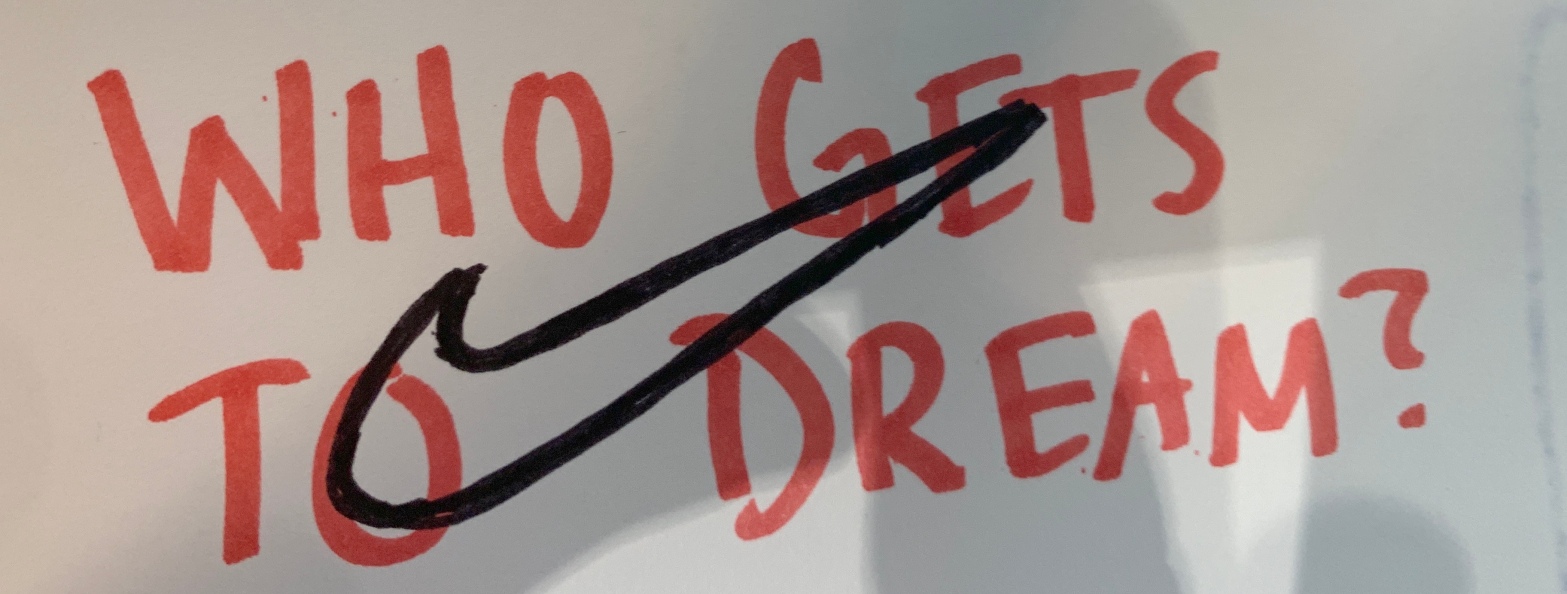College athletes have been playing under a corrupt economic model since the creation of the term “student athlete.” In 1953, NCAA commissioner, Walter Byers, adopted the term amidst a lawsuit by Ernest Nemeth in regards to lack of wage compensation. At that time, according to the Taft-Hartley Amendments (1947) to the National Labor Relations Act of 1935, which allowed independent contractors to be deemed employees. By this model, the college athletes were employees of the NCAA, but this swift label of amateurism shifted the emphasis on players being “students” and using this as compensation for the wages they legally earned.
To better understand how athletes deserve wages, it’s important to put the hours of labor of major student athletes into perspective. The College Football Playoff and bowl games are coming up, so, football players, for example have an estimated fifty three hours of football a week, in addition to the needed study time to pass classes. Historically in the US, a forty hour work week has been standard for a full time job, however in recent years, there is more flexibility to work full time and work as low as thirty five hours per week. This is significantly more hours per week than a full time job. This isn’t only the case during the season, but in the offseason as well. If teams make a bowl or playoff game, their schedule increases from around 240 days of the year to around 262. The US standard is to work 260 days per year for a full time job. So athletes meet the requirements of the Taft-Hartley Amendments of 1947 as employees, yet they aren’t able to earn any wages.
To be clear, there are two distinct developments in the NCAA community regarding paying athletes. The first, is regarding athletes’ ability to profit off of their own name, image, and likeness. This could include, but is not limited to: jersey signings, personal advertisements, profitable side jobs, profitable social media presences, and NCAA video games. This has been banned in the past in accordance with amateurism a development expedited significantly by Governor Gavin Newsom of California signing the “Fair Pay to Play” act into law on September 30, 2019. This set the stage to allow all athletes of California schools to benefit off of their name, image, and likenesses starting in 2023. The NCAA announced new policy in October 2019 to follow in the steps of Newsom, and generalize new policy for the entire country, keeping the power within the institution. While this seems like a positive step in the right direction, it feels eerily similar to other developments over recent decades that have allowed players to get more benefits from the schools, but still keep schools free from having to pay any of their players a cent.
One aspect of this new development that must not go overlooked is the benefits for women’s athletes. Most female athletes are unable to have professional athletic careers, because women’s professional sports leagues lack the infrastructure of men’s leagues across the board. For the vast majority of female athletes, college is likely the most optimal time to profit off of their name, image, and likeness, because they have a spotlight. One example is former UCLA gymnast, Katelyn Ohashi, who earned a perfect ten in a floor routine in January of 2019. The video of her performance on youtube currently has over 75 million views, and will likely be one of the greatest accomplishments in Ohashi’s career. She was unable to benefit off of this performance or the massive viewership that the video acrued at all. Transitioning to this level of economic freedom regarding athletes’ names, images, and likenesses, will thus benefit athletes of all divisions, levels, and genders, because it will allow them to monetize off of their athletic performances while they are still playing.
The other distinct change in NCAA policy needs to be an established system of salaries. While allowing players to benefit off of their name, image, and likenesses is clearly a step in the right direction, it is by no means close to an end result. As shown earlier on, players are putting in the labor hours of full time employees of a corporation and earning masses of money that never reaches them. To put the money generated by men’s basketball and football athletes in perspective, The Michigan Wolverines get $54 million per year in ticket revenue, $28 million in corporate sponsorships and deals.In addition to donations, they have a three year average profit of $139 million and an average revenue of $83 million, third behind Texas A&M and Texas respectively. Michigan’s head football coach Jim Harbaugh got paid $7.5 million in 2018 alone. The money being generated by this nonprofit organization is astounding, and yet, the players don’t get any of it. There needs to be a new system devised to attend to athletes of all genders and levels of play, that allows athletes to earn a wage through their collegiate careers, and not simply earn benefits from the colleges they are essentially employees of. Not all educations are equal, the myth of the “student athlete” is outdated, and it’s time for athletes to be compensated.



